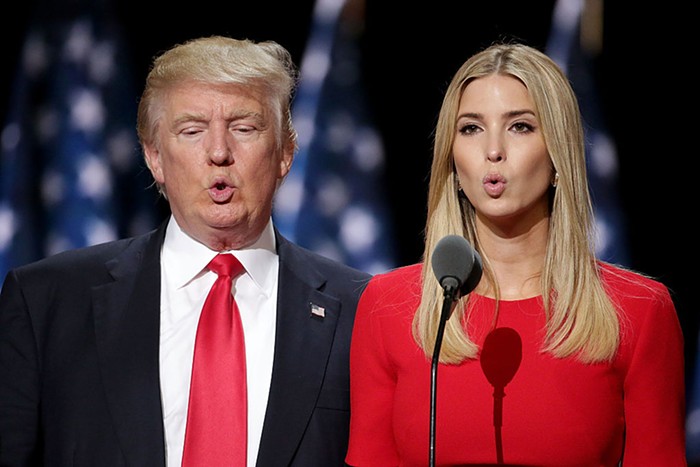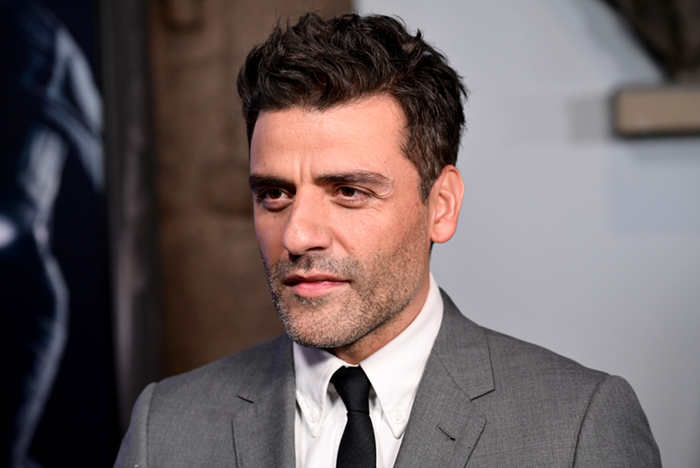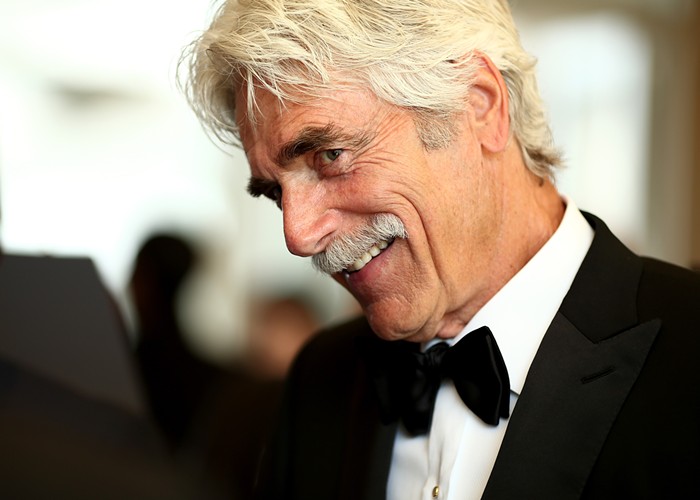TEENAGERS DIDN'T EXIST until the 20th century—at least, not as a distinct life-category between childhood and adulthood. In the olden days, kids went straight from primary school to the coal mine, where their tiny hands served them well at digging up diamonds for Monopoly Man-style plutocrats.
In the early 20th century, stricter child labor laws and compulsory education began keeping kids out of the work force; in 1917, when a generation of young men dutifully trotted off to the frontlines to serve as cannon fodder, teenagers got wise to the fact that old people were exploiting them. Young people began to cultivate a collective identity based on youth, rebellion, and freedom. Old people angrily stomped on their top hats.
So goes the narrative put forth in the new sort-of documentary Teenage, which traces the development of the teenager in the first half of the 20th century. Based on Jon Savage's book of the same name, the film bills itself as a "living collage," but it's really more like one of those historical timelines you made in school as a kid, populated with photocopied pictures, descriptions cribbed from the encyclopedia, and drawings you did yourself. The dots on the timeline point to pivotal moments in the self-definition of teenagers—from Boy Scouts and GIs to flappers and Bright Young Things, with an emphasis on youth movements in the US, Germany, and the UK. (The film could fairly be called White Teenager.)
Filmmaker Matt Wolf blends historical footage and reenactments with a skill that borders on unnerving; beautiful images of beautiful young people are paired with poignant, diary entry-style voiceover narration explaining the trends and moods of the time, accompanied by a stirring, intelligent score by Deerhunter's Bradford Cox. This is a documentary concerned less with facts than with feelings and ideas—and in connecting the dots between teen movements across decades and continents, it allows the vibrant, transitory nature of youth to shine.



















